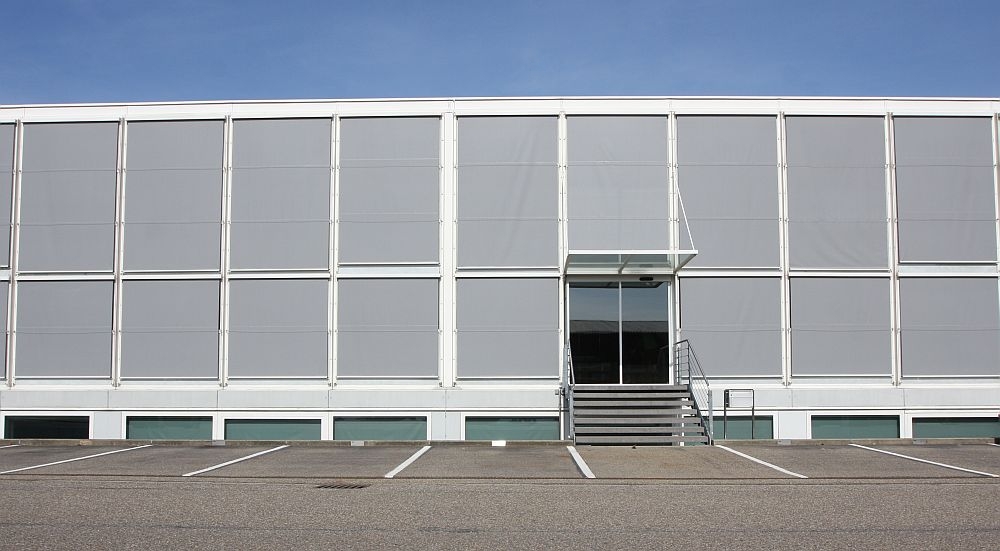On Thursday and Friday March 15th/16th the ETH Zurich is holding a two day symposium looking at the life and work of Fritz Haller.
And we won't be there. Scunner.
There are a lot of reasons to want to be there; but the principle one for us is that despite his universally recognised System USM Haller, Fritz Haller himself remains something of an enigma. And so the chance to spend two days listening to experts discuss the man and his work in detail is technically something we shouldn't miss.
But which other commitments mean that we, as we say, will.
For us one of the enigmas about Fritz Haller is that despite the universal nature of his architecture; he basically only worked in Switzerland. The USM facility in Bühl, Germany being one of his few "foreign" projects.
What makes this really indecipherable for us is that two of Fritz Haller's most important professional experiences occurred outwith Switzerland: a year in Rotterdam working in the office of Willem van Tijen and nine years working at Konrad Wachsmann's "Institute for Building Research" at the University of Southern California.
The first introducing him to the concept of functional town and building planning utilizing industrial methods for social good. The second allowing him to deepen his understanding of the theories and practices and refine his own approach.
Yet as we say you won't find any buildings by Fritz Haller in any major cities. Why? We no know?
And although none of the contributions to "Fritz Haller. Architect and Researcher" deal directly with this question. We imagine that most will touch on aspects of the answer enabling participants to build a complete picture.
Motivation for the the symposium is the handing over of the Fritz Haller Archive to the ETH Zurich and in the words of organiser Dr. Georg Vrachliotis the idea is to "research celebrate" in that they directly deal with the material and the subject of the material.
As the title suggests the symposium will look at Fritz Haller's work as both an architect and a researcher, including a detailed look at one of his earliest works, the Quartierschule in his home town of Solothurn and an analysis of Fritz Haller's oeuvre in context of Konrad Wachsmann and his architectural philosophy. There is also an interesting sounding talk on the, allegedly, analogous mathematical approach of Fritz Haller and Max Bill.
And of course the most publicly accessible expression of Fritz Haller's work, System USM Haller will also be covered; Zurich based architect Arthur Rüegg will discuss Fritz Haller's early furniture design work, in the context of System USM Haller while Professor Monika Dommann will try to place System USM Haller in its historical context.
Which all sounds truly fascinating.
We hope that following the symposium there will be a publication of the texts, because, as we say, despite his unquestioning importance to 20th century European architecture and design, Fritz Haller remains strangely anonymous.
Full programme details and the complete programme can be found at www.stalder.arch.ethz.ch

